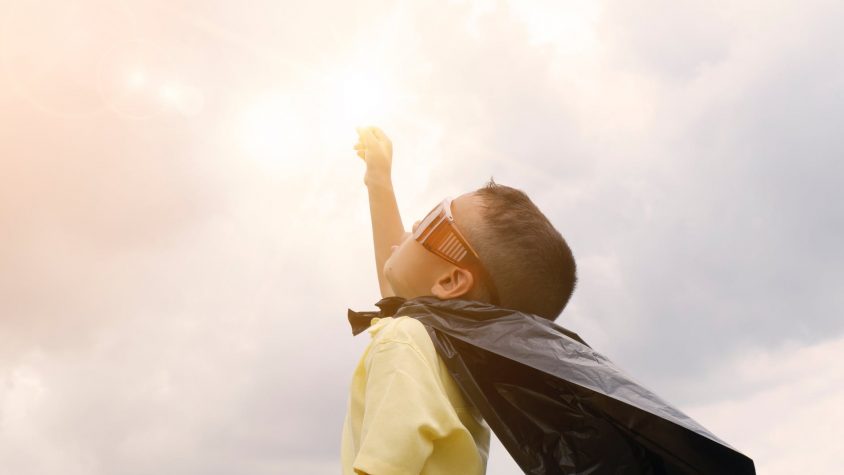By: Mike Rickard II Although you might not think it’s going to happen, you’ll be outside before you know it, enjoying some warm weather and sunshine. However, it’s important to protect yourself from the sun because as wonderful as it feels, the sun’s rays can do a number on you. A Study in S...
By: Mike Rickard II
Although you might not think it’s going to happen, you’ll be outside before you know it, enjoying some warm weather and sunshine. However, it’s important to protect yourself from the sun because as wonderful as it feels, the sun’s rays can do a number on you.
A Study in Sunburn
Not too long ago I took a road trip to Cleveland. I was in my car minding my own business, listening to some music and got there promptly (due to speed limit laws I won’t mention how fast I got there). I attended a Cleveland Indians day game and sat out in the afternoon sun and I quickly regretted forgetting my sunscreen. When I returned to the hotel, I realized I was sunburned. Thankfully, my clothing (including a baseball hat—thank you Chief Wahoo) protected me somewhat, but my arms, hands, and face were red. This was a reminder—even what seems like a short exposure to the sun can lead to sunburn.
Two Types of Rays
There are two types of rays to watch out for—UVA and UVB. According to the University of Iowa:
There are two basic types of ultraviolet rays that reach the earth’s surface—UVB and UVA. UVB rays are responsible for producing sunburn. The UVB rays also play the greatest role in causing skin cancers, including the deadly black mole form of skin cancer (malignant melanoma). UVA rays also play a role in skin cancer formation. In addition, the UVA rays penetrate more deeply into the skin and play a greater role in premature skin aging changes including wrinkle formation (photoaging). There are approximately 500 times more UVA rays in sunlight than UVB rays.
This means you’ll want something to protect you from both types of rays, not one or the other. The question then, is how do you protect yourself?
Assessing Your Situation
First, assess just how much sun you’re going to be exposed to. The Environmental Protection Agency’s UV index allows you to type in the zip code where you’re at (or going to be) then see what the expected risk of UV overexposure is.
Protecting Yourself
There are a number of ways to protect yourself from the sun’s harmful rays. You could go the vampire route and stay inside during the day, but even then, UV rays will get in from your windows.
1. Sunscreen: Sunscreen is great protection, but don’t let its use lull you into a false sense of security. Make sure you have the right sunscreen. You want one that is broad-spectrum (protects you against UVA and UVB rays), has a high enough SPF (15 or higher), and if you’re going in the water, it must be water-resistant (especially since going in the water doesn’t protect you from the sun). Make sure you apply the sunscreen all over and don’t be stingy with it and remember to reapply as needed. Check out the resources below for more information.
2. Clothing: Clothing can protect you, but if it’s the summertime, chances are you’re going to have on shorts and short-sleeve shirts, which means your skin will be exposed. According to the Centers for Disease Control: Clothes made from tightly woven fabric offer the best protection. A wet T-shirt offers much less UV protection than a dry one, and darker colors may offer more protection than lighter colors.
3. Hats: Some type of head covering is always good but remember hats are different. A baseball cap won’t cover the same areas as a wide-brimmed hat that shades the ears and neck. The CDC recommends avoiding straw hat with holes that let the sunlight through.
4. Sunglasses: Sunglasses are important and you want to make sure they’re more than fashionable. Those helpful people at the CDC note: Sunglasses that block both UVA and UVB rays offer the best protection. Most sunglasses sold in the United States, regardless of cost, meet this standard. Wrap-around sunglasses work best because they block UV rays from sneaking in from the side.
5. Shade: If nothing else, find yourself some shade. While a shady spot won’t be protect you entirely, it’s a good start and a good way to cool off.
While we’re on the subject of protecting yourself from the sun, make sure you drink lots of water. Heat-related illnesses can creep up on you (especially in high temperatures and/or high humidity levels). That’s an article for another time.

